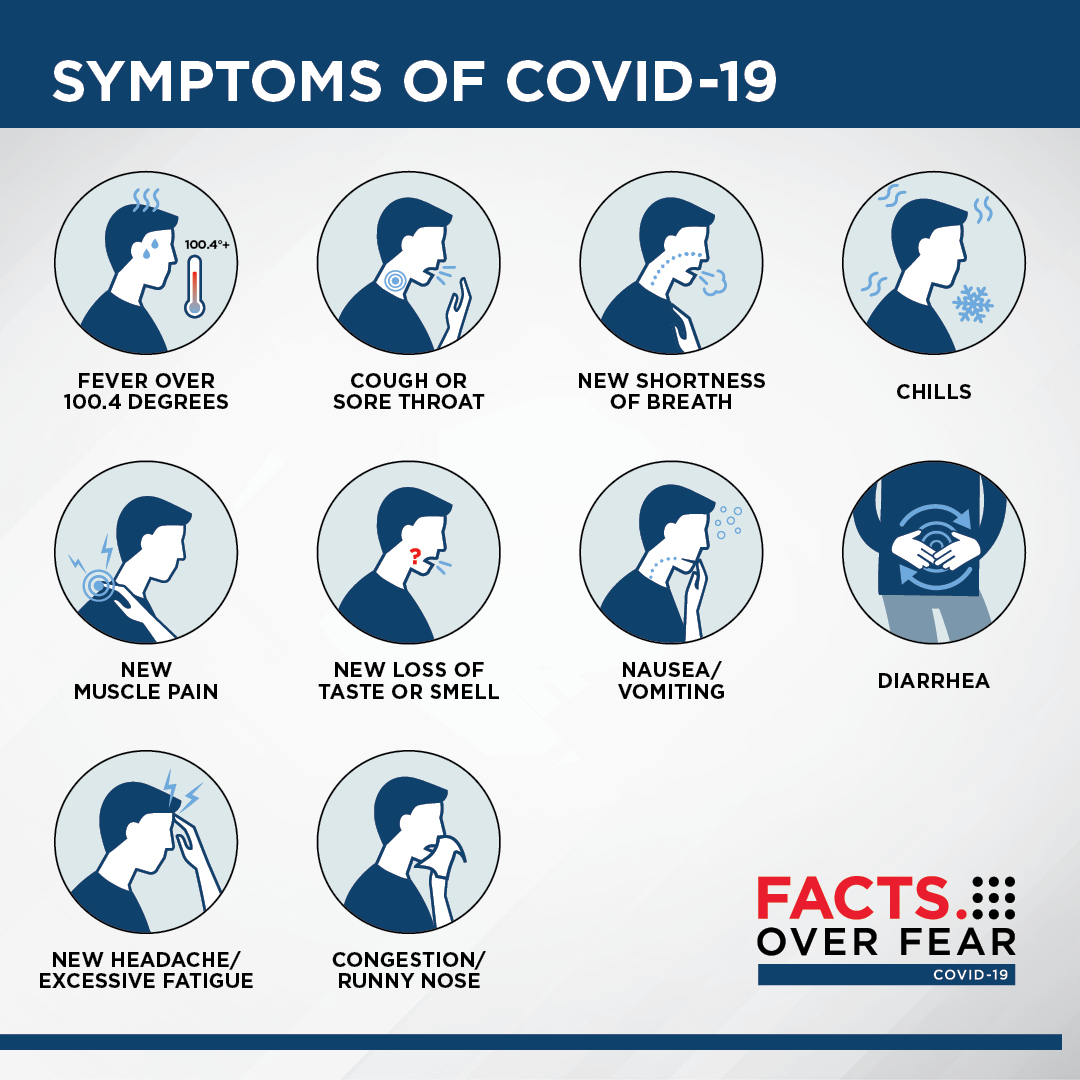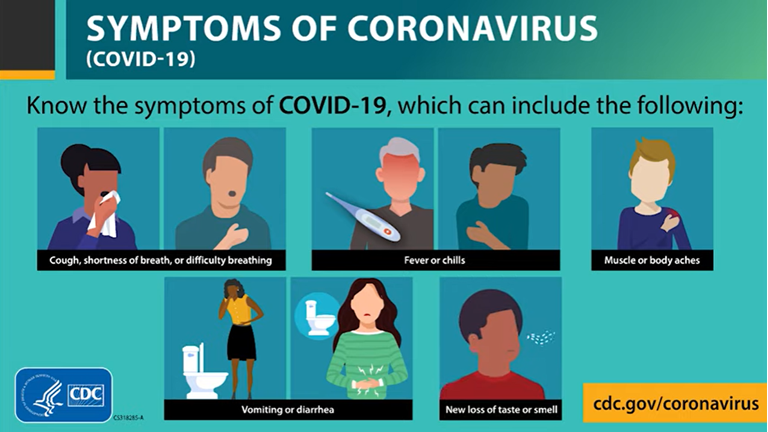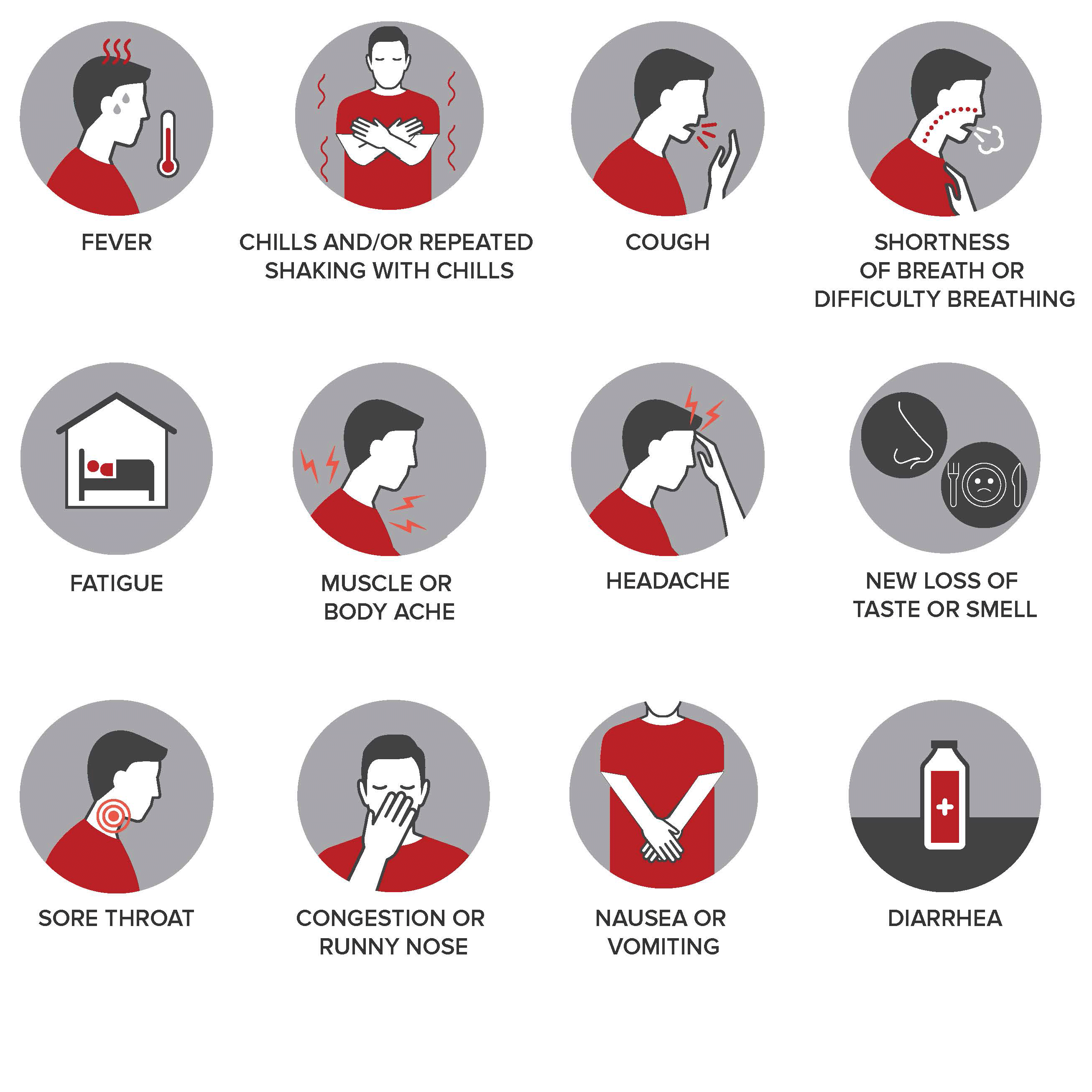The world continues to grapple with COVID-19, and understanding its symptoms is crucial for early detection and treatment. In this comprehensive guide, we’ll cover the latest updates on COVID-19 symptoms, what happened with new variants, the impact of video viral content and leak videos on public awareness, and delve into the current COVID symptoms you need to know about.
The Latest Update: COVID-19 Symptoms

Overview of COVID-19 Symptoms

COVID-19 symptoms can range from mild to severe, and they often vary with different variants. Being aware of these symptoms is essential for preventing the spread of the virus.
Current COVID Symptoms
The current COVID symptoms include a mix of common, less common, and severe indicators. Here’s a detailed breakdown:
Common COVID-19 Symptoms
- Fever or Chills: A persistent fever or experiencing chills is one of the hallmark signs of COVID-19.
- Cough: A dry cough that doesn’t go away.
- Shortness of Breath or Difficulty Breathing: Trouble breathing can indicate a more severe infection.
- Fatigue: Feeling unusually tired and exhausted.
- Muscle or Body Aches: General pain and discomfort in the body.
- Headache: Persistent headaches.
- New Loss of Taste or Smell: Sudden loss of taste and smell.
- Sore Throat: Throat irritation and pain.
- Congestion or Runny Nose: Nasal congestion and discharge.
- Nausea or Vomiting: Upset stomach leading to nausea or vomiting.
- Diarrhea: Frequent, watery bowel movements.
Less Common COVID-19 Symptoms
Some less frequently reported symptoms include:
- Nasal Congestion: Stuffy nose.
- Conjunctivitis (Red/Pink Eye): Eye irritation and redness.
- Skin Rashes: Unusual rashes on the skin.
- Dizziness: Feeling lightheaded or dizzy.
- Chest Pain: Unexplained pain in the chest area.
What Happened? The Evolution of Symptoms

Variants and Their Impact on Symptoms
COVID-19 variants, such as Delta and Omicron, have brought changes to symptom profiles. For instance, the Omicron variant has been associated with milder symptoms in many cases but remains highly transmissible.
Monitoring Changes in Symptoms
Health authorities like the CDC, WHO, and NHS continuously update symptom lists as they learn more about the virus and its mutations. Staying informed about these updates helps in recognizing potential COVID-19 cases early.
Video Viral: The Role of Media in Spreading Awareness
Impact of Viral Videos
Viral videos and leak videos play a significant role in spreading awareness about COVID-19 symptoms and preventive measures. These videos often provide real-time updates and personal stories that resonate with a broad audience.
Examples of Viral Content
- Healthcare Workers’ Testimonials: Videos of healthcare workers describing symptoms and patient experiences.
- Patient Stories: Individuals sharing their COVID-19 journey, highlighting various symptoms and recovery processes.
- Public Health Announcements: Government and health organizations releasing informative videos on symptom awareness.
Severe Symptoms: When to Seek Immediate Medical Attention
Recognizing Severe COVID-19 Symptoms
Severe symptoms require urgent medical attention. These include:
- Trouble Breathing: Severe shortness of breath or difficulty breathing.
- Persistent Pain or Pressure in the Chest: Constant chest pain or pressure.
- New Confusion: Sudden confusion or disorientation.
- Inability to Wake or Stay Awake: Extreme drowsiness or inability to stay awake.
- Pale, Gray, or Blue-Colored Skin, Lips, or Nail Beds: Changes in skin color indicating oxygen deprivation.
Importance of Timely Medical Care
Recognizing and responding to severe symptoms promptly can significantly improve outcomes. If you or someone you know exhibits these severe symptoms, seek medical attention immediately.
Current COVID Symptoms: What You Need to Know
The Most Common Symptoms Today
The most prevalent symptoms reported by individuals currently include:
- Fever or Chills
- Cough
- Shortness of Breath
- Fatigue
- Muscle or Body Aches
Less Common Yet Notable Symptoms
While less common, the following symptoms are also significant:
- Nasal Congestion
- Conjunctivitis
- Skin Rashes
- Dizziness
- Chest Pain
Ongoing Research and Updates
Research on COVID-19 is ongoing, and health experts continue to discover new aspects of the virus. Staying updated with credible sources ensures you have the latest information on symptoms and preventive measures.
When to Seek Care: Guidelines and Recommendations
Home Care vs. Medical Attention
If you exhibit mild symptoms such as a low-grade fever, mild cough, or fatigue, it’s generally recommended to stay home and isolate to prevent spreading the virus.
Indicators for Medical Attention
Seek medical care if you experience severe symptoms, belong to a high-risk group (such as elderly individuals or those with underlying conditions), or if your symptoms worsen over time.
Preventive Measures and Care Tips
- Isolation: Stay away from others if you show symptoms.
- Hydration and Rest: Drink plenty of fluids and get adequate rest.
- Medication: Use over-the-counter medications to alleviate symptoms as needed, following medical advice.
Conclusion: Staying Informed and Safe
The Importance of Awareness
Understanding the current COVID symptoms and recognizing when to seek medical care are vital in managing the pandemic. Awareness and timely response can save lives and prevent the spread of the virus.
Final Thoughts
As we navigate through these challenging times, staying informed and vigilant is our best defense. Keep updated with the latest from health authorities, practice recommended safety measures, and take care of your health and those around you.
Stay safe, stay informed, and let’s continue to support each other through this pandemic.
